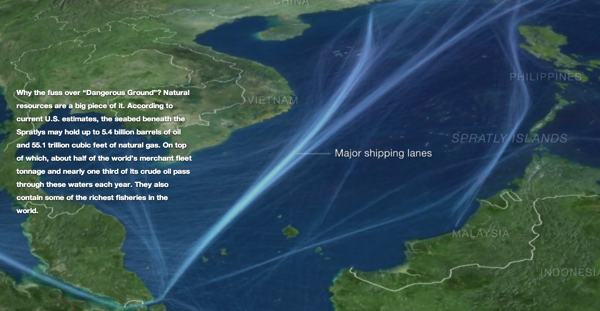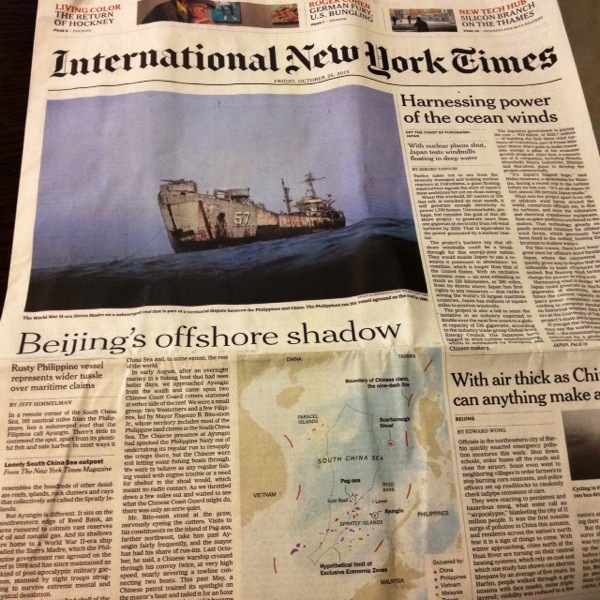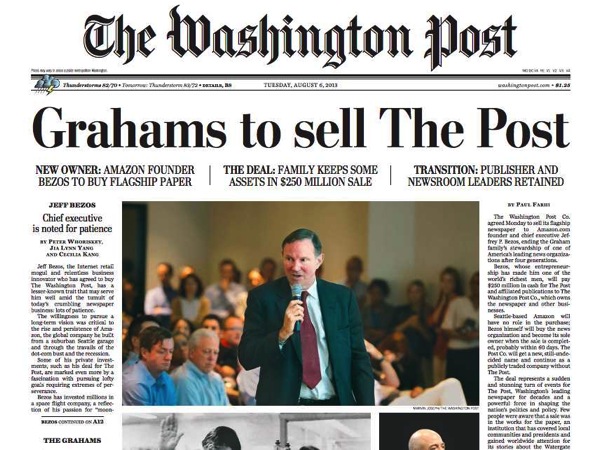In Jan., 2009, I wrote a post praising the work of the New York Times‘s Matt Gross, aka the Frugal Traveler.
For the last several years, Matt has been combining text, blog posts, and videos to create a unique brand of personality-driven travel journalism for the Times.
Matt has supplied readers — and viewers — with not just conventional, written travel stories. He has also provided advice on the best travel gadgets under $50, he has offered Q&As with fellow travelers, and he has even given us tips on traveling with a baby. Matt covers it all, from big picture stories about travel trends to narrowly-focused pieces on specific destinations and emerging technologies.
In terms of outreach, it’s interesting to note that Matt’s home on the Times site contains amble social media integration. There’s a Frugal Traveler Facebook page, and Matt is active on Twitter, interacting frequently with his more than 14,000 followers.
Matt’s latest story is a typical example of his multimedia storytelling. It appeared last Sunday, and it’s about a ramen noodle expedition he undertook in Tokyo. We get a lengthy (nearly 3000-word long) text story, “One Noodle at a Time in Tokyo,” as well as photographer Basil Childers‘s gallery of memorable images.
Matt also gives us a blog post with the back story about why the assignment was his dream trip, and readers can even find an annotated Google Map of the establishments he visited during the journey.
Moreover, the video that Matt (and, presumably, the NYT multimedia folks) has produced is useful, as well. And at four minutes long, it’s at least as long as a standard TV news/feature package. (You can find the video on the lower left side of the main story page.)
Another interesting tidbit: In the ramen story, Matt mentions that one of his guides was Brian MacDuckston, an American who lives in Tokyo and blogs at RamenAdventures.com. The NYT story links to Brian’s blog, naturally, and I noticed an interesting meta-twist: Brian has a blog post with images of one of the eating expeditions he took with Matt. ((One of Brian’s photos, in fact, is this one, which shows what I assume is photog Childers snapping a series of images of two women, one of whom has blonde hair, slurping noodles. One of the pics Basil snapped must be this shot, from the gallery. So here we have the digital contribution from the blogger/noodle enthusiast who guided Matt’s research — and some pics of the shooter in action.))
Is there a larger point here? I’m not sure.
But perhaps, in recounting all of this, the message is that in order to engage with audiences who are increasingly consuming their material online, travel journalists shouldn’t — can’t — think of themselves as simply writers anymore.
It helps if they’re insightful bloggers and understand the digital world. It also helps if they snap their own photos to accompany their stories — as Matt often does. And travel journalists have to be adept at producing videos and curating links to corresponding multimedia materials — blogs, bloggers, Google Maps, Facebook, Twitter — so that their audience can get the most out of their work.
It seems to be working for Matt and the Times.


